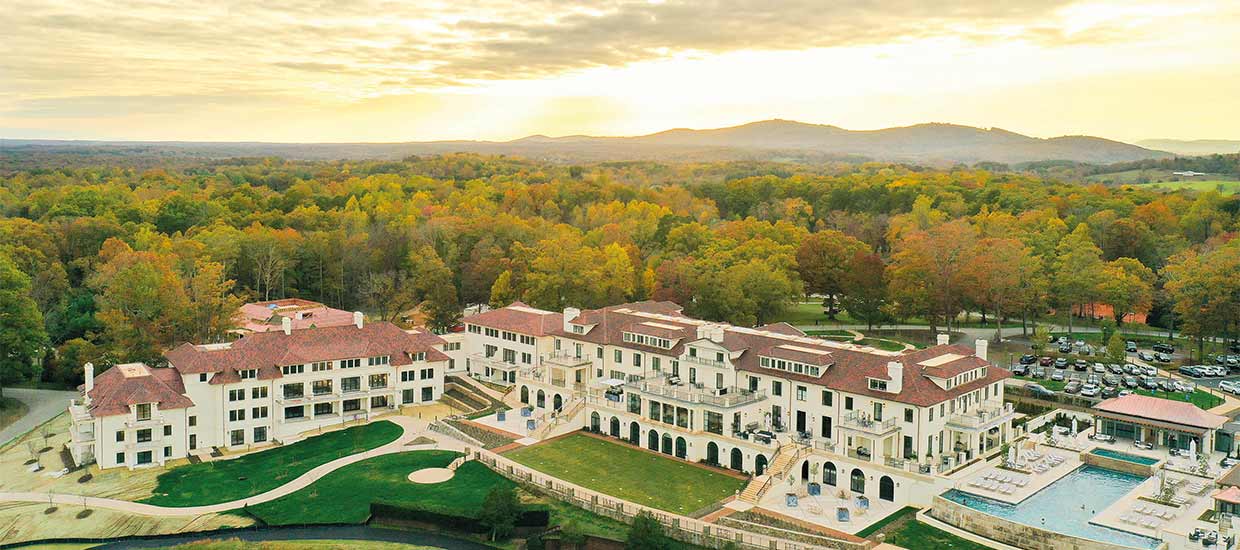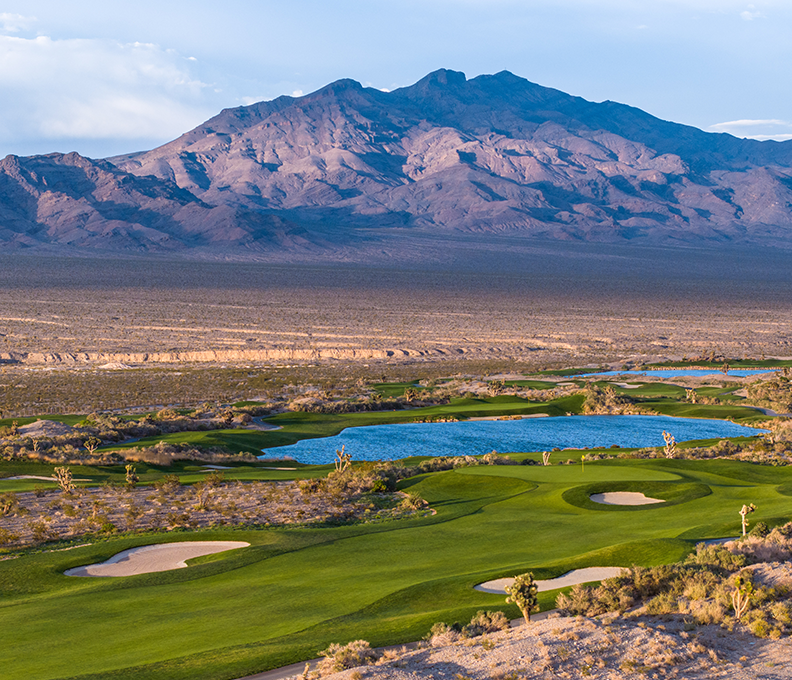Desert Bloom
Surprising Arizona presents luxurious resorts couched in vast expanses of startling Southwestern beauty
March 29, 2020
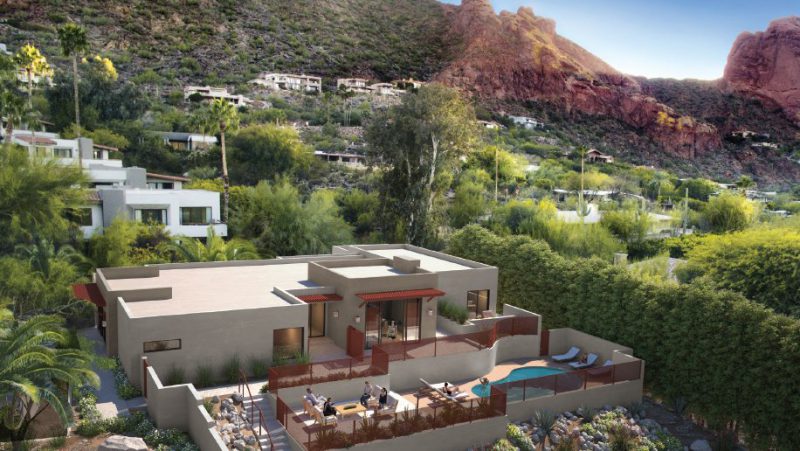
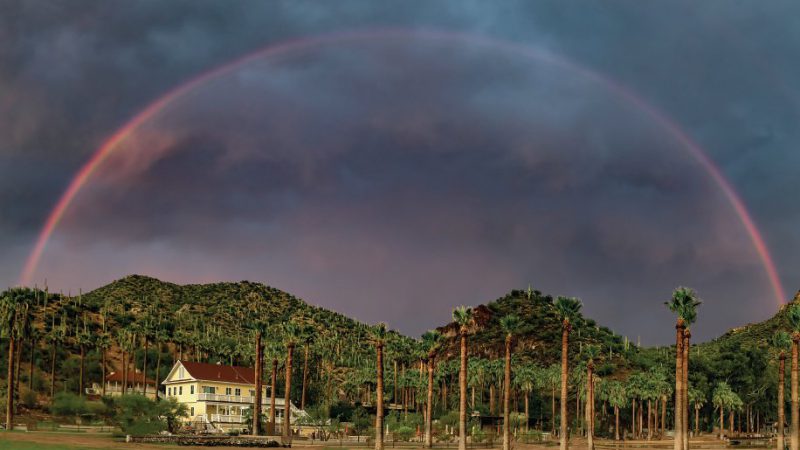
When a young John F. Kennedy came to Castle Hot Springs in the late 1940s, the Peoria, AZ, spa had already been open for nearly 50 years. Kennedy was flown in by helicopter to the ancient therapeutic hot spring to heal from his war injuries – an ancient tradition that was first started by local Apache and Yavapai Native American warriors who also came here to heal after fighting.
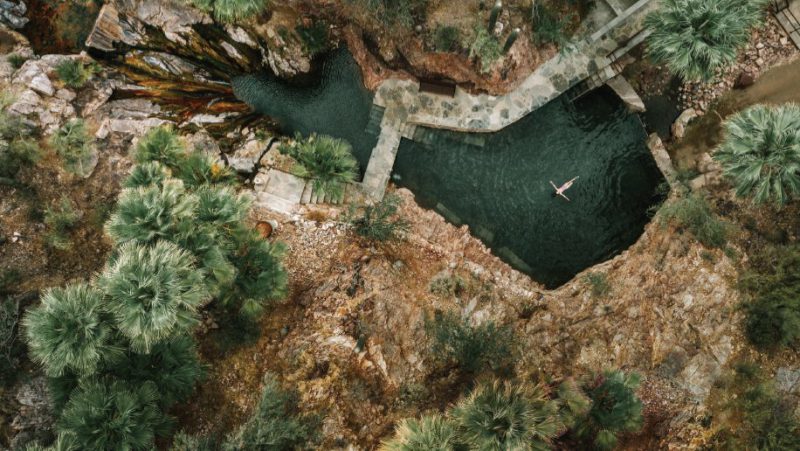 By Kennedy’s time, the resort was already known as a watering hole for families like the Vanderbilts, Pews, Cabots, Astors, Wrigleys and Roosevelts. It is considered the “dowager” resort of Arizona – the first of a glittering chain of posh oases that were created, at first for well-heeled patients with tuberculosis and other lung issues and then later just catering to wealthy clientele who came for the beauty of the Sonoran desert and the climate of constant sunshine it offered.
By Kennedy’s time, the resort was already known as a watering hole for families like the Vanderbilts, Pews, Cabots, Astors, Wrigleys and Roosevelts. It is considered the “dowager” resort of Arizona – the first of a glittering chain of posh oases that were created, at first for well-heeled patients with tuberculosis and other lung issues and then later just catering to wealthy clientele who came for the beauty of the Sonoran desert and the climate of constant sunshine it offered.
Castle Hot Springs has newly reopened (in late 2019) after several large fires consumed some of its older buildings and made a renaissance and reset a needed boost to bring the first health resort of Arizona back to vibrant life.
Like the desert itself after a drenching rain, the resort has been lovingly restored by its new owners (a philanthropic family from the Phoenix area) who sought to pay homage to the historical buildings and makeup of the resort rather than to recreate it in its vintage form.
Design is desert chic with curated touches like authentic Navaho rugs, in-room gas-fueled fireplaces and stone tubs in al fresco bathrooms that fill with mineral-rich spring water at the touch of a tap.
The resort is also home to a culinary duo of Christopher Brugman and Ian Beger, executive chef and resident agronimist respectively. Brugman (Desert Mountain Club, Manhattan Beach Post) and Beger have been brought in to create an inclusive (yes, inclusive) food and beverage experience that sources about 80 percent of the resort’s menu from local herbs, vegetables and flowers, all grown organically or bio-sustainably.
Diners are treated to pizza with herbs freshly culled from the garden behind the Italian-made pizza ovens and they can even pick their own tomatoes from a massive tomato greenhouse just beyond reception and the intimate restaurant venue.
The hot springs themselves, however are the star here. Fed by a huge cistern formed by the displacement of tertiary volcanic rock, the underground reservoir holds 200,000 gallons of water heated to 122 degrees Fahrenheit, the hottest temperature known for a spring that doesn’t rely on volcanic activity for its energy.
Guests walk up a desert path to the springs’ natural location in the rocky Bradshaw Mountains where three pools await: The closest to the source where sparkling hot water infused with minerals like lithium falls over rainbow colored rocks to a smaller, cooler pool adjacent and a lower, deeper pool below.
The area is fringed with protected Saguaro cactus, ancient succulents that can live to be over 200 years old. The resort also offers spa treatments in billowing white tents around the springs themselves, where the only thing you hear as you have your modern stresses massaged away is the sound of the ancient healing spring, falling over the rocks.
The new owner stresses that he’s left the pools as they were when the resort was first opened in the 1890s – with a natural sand floor on the pool’s bottom “to let bathers be as close to the original source as possible.” castlehotsprings.com
Phoenix Rising
The renaissance of Castle Hot Springs is just one of the highlights to be found among a bevy of health and wellness resorts in the Phoenix/Scottsdale area, a short drive away from Phoenix Sky Harbor International Airport.
Many of these five-star resorts have recently completed multi-million dollar refurbishments and enhancements. The added luster contributes mightily to the well-deserved reputation that Arizona – and the Phoenix/Scottsdale area in particular – have as a haven for travelers seeking sun, innovative wellness options and Southwestern design-centric luxury.
Born in 1988, The Phoenician is now a Marriott Luxury Collection property (formerly Starwood Luxury Collection) but in its new branding has not lost one iota of its massive watt luxury status. The resort’s Canyon Suites (the resort’s most coveted rooms), located cheek-by-jowl to Phoenix’s iconic Camelback Mountain, are considered the sine qua non of sumptuous accommodation in Arizona.
The hotel has added to its portfolio of pleasures with the brand new three-story Phoenician Spa, opened in 2018. The Spa is minimal chic with natural design elements like stone and wood as well as a featured rooftop pool and Drybar for desert-tossed blow outs. thephoenician.com
Also in Scottsdale, a twelve minute drive from downtown is the privately owned Sanctuary Camelback Mountain Resort. Originally the Paradise Valley Racquet Club, built in 1957, the resort went through various incarnations until becoming Sanctuary Camelback Mountain Resort in 2001. Features include newly renovated casitas, 53 acres of grounds facing Praying Monk Rock and the Beau MacMillan (Iron Chef, etc.) -helmed restaurant, Elements. Room options include eight private mountainside villas (not rooms – villas probably larger than your house) as well as mountain and terrace casitas and spa suites. sanctuaryoncamelback.com
Closer to Phoenix itself, the Arizona Biltmore Waldorf Astoria, opened in 1929, is a treasure trove for art and history lovers. The hotel’s architect was Albert Chase McArthur, who was Frank Lloyd Wright’s ex-draughtsman. McArthur consulted closely with Wright whose Taliesin West School of Architecture is nearby. The hotel’s iconic textile block design system is said to derive largely from Wright, who consulted with McArthur for four months on the hotel’s design. There are three on-site restaurants named after the famed architect and his influence on the property.
Other historic connections of note: Clark Gable and Carole Lombard stayed here on more than one special occasion, enough to give Gable’s name to suite 1207. The Tequila Sunrise also saw its dawn here: the famed cocktail was invented at the Arizona Biltmore. The hotel’s extensive spa menu includes medical therapies like lip plumping and wellness options like massage with basalt stones and sage. arizonabiltmore.com
Also in Phoenix, the massive JW Marriott Phoenix Desert Ridge is located 12 miles from the airport in the planned community of Desert Ridge. One of Arizona’s largest luxe properties, the resort’s 316 acres are bisected by a “lazy river” and a huge five-pool water fun complex. With amenities with these, it’s not surprising that the complex (which also features world class golfing) is billed as “family friendly luxury.” marriott.com
One aspect of luxury and wellness that all of these properties have in common is access to one of the world’s most bracingly beautiful wonder spots: The Grand Canyon.
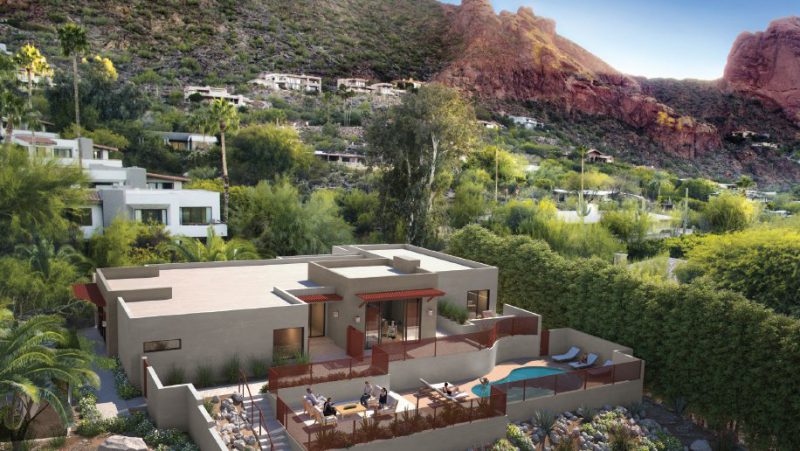 An all-day trip from Castle Hot Springs in Peoria or from any of the resorts in Scottsdale and Phoenix offers the transformational experience of viewing the Grand Canyon in Grand Canyon National Park or in the Native American-owned and operated Sky Walk in Grand Canyon West.
An all-day trip from Castle Hot Springs in Peoria or from any of the resorts in Scottsdale and Phoenix offers the transformational experience of viewing the Grand Canyon in Grand Canyon National Park or in the Native American-owned and operated Sky Walk in Grand Canyon West.
Admittedly, the drive takes hours but those hours can be filled with scenic stops like the Red Rocks of Sedona or a lunch stop at the historic Cameron Trading Post. Set within the Navaho Nation, this outpost is an opportunity for travelers to try traditional Navaho fry bread and locally-sourced lamb stew as well as an hour or two of shopping for exquisite authentic Navaho jewelry and rugs.
At the Canyon itself every vantage point is a great one: from the famed $30 million Skywalk over the canyon (not for the faint of heart) in Grand Canyon West (not part of the National Park) to views within the park itself, the vastness that unfolds right at your feet is heartstoppingly exquisite: An experience that will make any journey to Arizona’s refreshed and reblossoming spas and resorts both an inner and outer rebirth.


